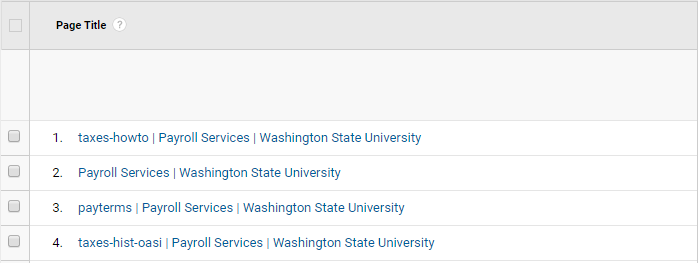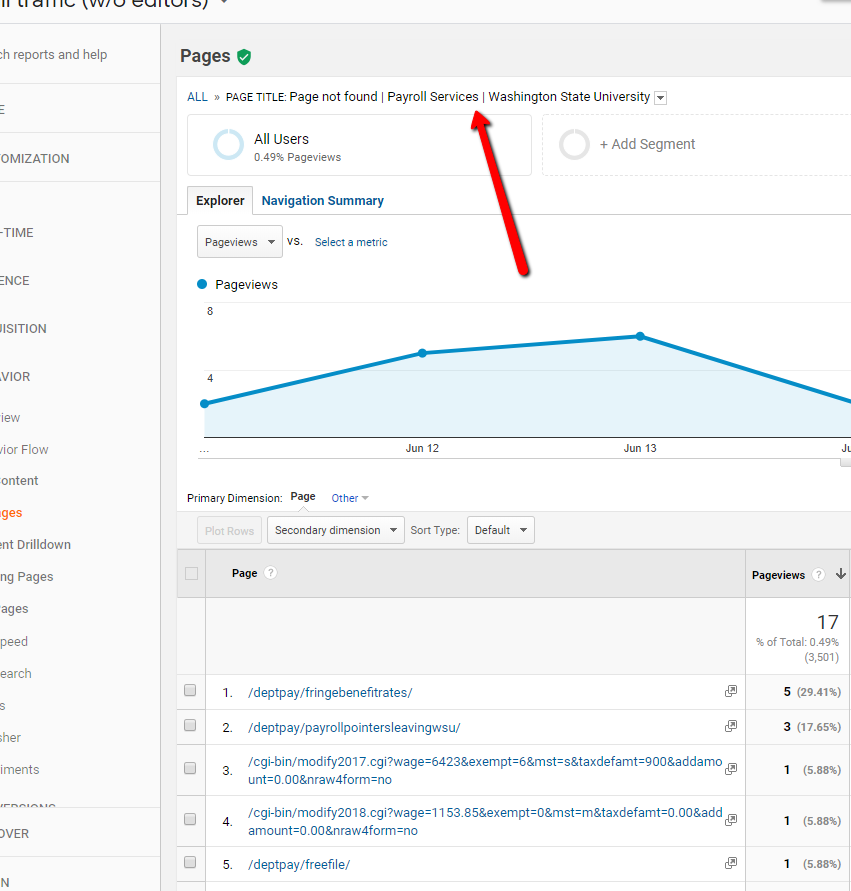Follow the steps below to add an accordion page to a WordPress page.
- Navigate to the desired WordPress page.
- Ensure that you are signed in.
- Click Edit Page in the top banner.
- Find the desired location of the accordion
- Add an opening <h3> tag and a closing </h3> tag.
- Add an opening <div> tag and a closing </div> tag.
- In order for the accordion to work properly it MUST be setup with the <h3> <div> structure.
Below is example code from the Modernization FAQ page: URL: https://modernization.wsu.edu/faqs/
<h3>The Title for the header</h3>
<div>
Some text that we want hidden within an accordion (or expandable section).
</div>
This will produce the below effect:
It’s important to note that the Modernization page has unique styles applied so the accordion colors and font may appear different on your site.


















